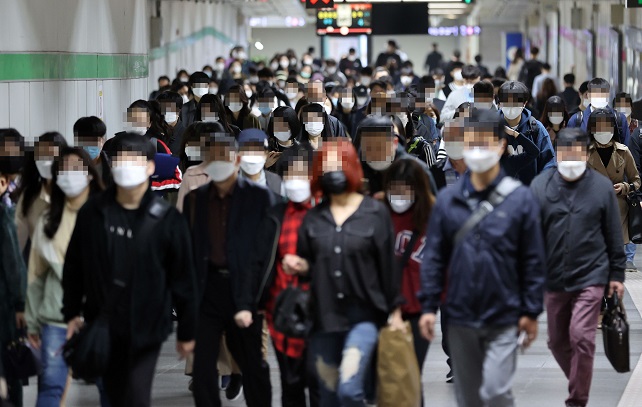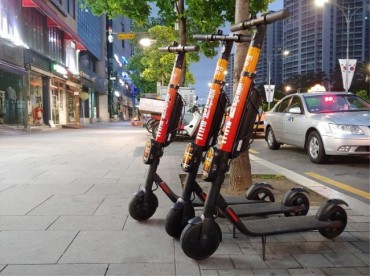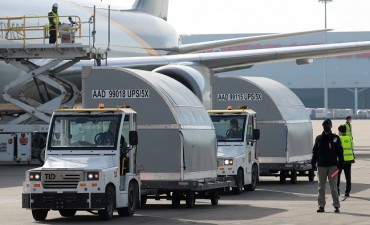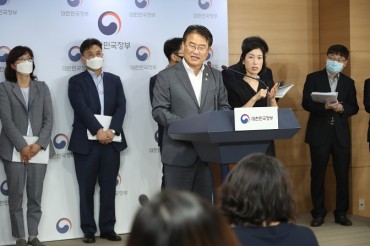SEOUL, Oct. 13 (Korea Bizwire) — South Korea’s new virus cases rebounded to over 100 on Tuesday, snapping five consecutive days of a two-digit rise, as sporadic cluster infections continued across the nation and imported cases rose amid an eased social distancing scheme that went into effect this week.
The country added 102 COVID-19 cases, including 69 local infections, raising the total caseload to 24,805, according to the Korea Disease Control and Prevention Agency (KDCA).
It marked a slight rise from 98 cases reported Monday and a sharp rise from 58 cases from Sunday. The daily figure rebounded to 114 on Wednesday last week before falling back to 69 the following day.
The spike in new virus cases came as the country eased most of its strict restrictions on daily activities on Monday as there have been no massive outbreaks traced to millions of people who traveled across the nation over the Chuseok holiday.
The country earlier suffered a major uptick in virus cases in mid-August, mostly traced to a conservative church in northern Seoul. After reaching 103 on Aug. 13, the figure shot up to 441 on Aug. 27.
The figures stayed in the triple digits until reaching 82 on Sept. 20.
Despite some ups and downs, the daily new infections mostly stayed around 100 afterwards.
“When looking at the weekly figures, we cannot say that the country suffered a sharp uptick in virus cases on Monday and Tuesday,” a health official said.
Under eased social distancing, high-risk facilities, such as clubs, karaoke rooms, bars and buffet restaurants, including those in the greater Seoul area, are now allowed to operate normally.
They are, however, obligated to follow infection prevention measures, including having visitors wear masks, and keep entry logs.
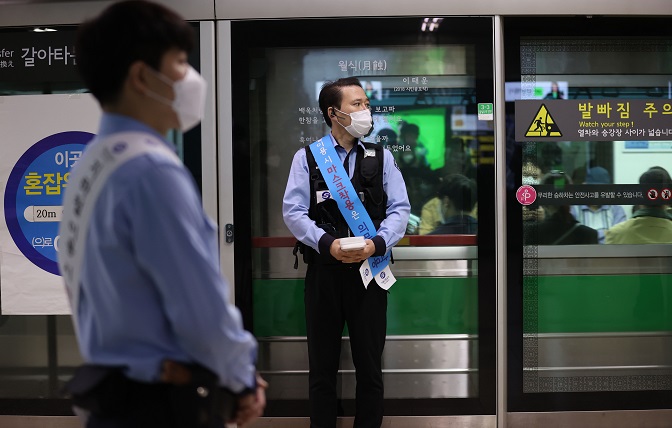
Workers urge commuters to wear protective masks at a subway station in southern Seoul on Oct. 13, 2020. (Yonhap)
Starting Tuesday, people are required to wear protective masks on public transportation and at medical facilities and rallies. Violators can be fined starting in November after a month of grace period.
Under the current Level 1 social distancing scheme, there are no limits to the number of participants in gatherings.
But considering religious facilities have been responsible for major cluster infections since the COVID-19 outbreak here, churches can fill up only 30 percent of their seats.
Sports event are also obligated to keep the ceiling of 30 percent at stadiums.
South Korea operates a three-tier social distancing system. Under the second level, indoor gatherings of more than 50 people are banned. The government has not yet issued the highest alert, which bans gatherings of 10 or more people.
The nationwide Level 2 social distancing went into effect from late August through Sunday, while the Seoul metropolitan area that houses around half of the nationwide population was also temporarily put under Level 2.5 over the period.
Health authorities have been warning that the country can become more vulnerable to another wave of pandemic over the winter.
Local COVID-19 cases with unidentified infection routes also took up around 20 percent of the new infections over the past two weeks. Cluster infections accounted for 21.2 percent of the new cases over the period, the latest data also showed.
Of the newly identified local infections, 18 cases were reported in Seoul and 32 cases in Gyeonggi Province that surrounds the capital.
The southern port city of Busan added one new case as well. The central city of Daejeon added nine cases.
The number of cases linked to a hospital in Dobong Ward, northern Seoul, reached 64 with five more patients being reported, the authorities said.
A hospital in Uijeongbu, just north of Seoul, reported nine additional cases, increasing the total related caseload to 60, the KDCA said.
The number of cases traced to a friend gathering in Gyeonggi Province rose by three, bringing the total to 18, it said. Another family gathering in the central city of Daejeon reported one more case, bringing the total caseload to 21.
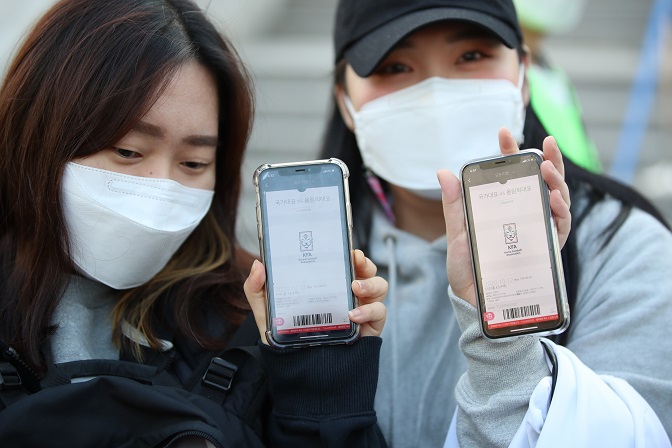
Fans hold up mobile tickets before entering a soccer event in Goyang, north of Seoul, on Oct. 12, 2020. (Yonhap)
Imported cases reached 33, up from 29 the previous day, marking the highest number since 34 reported on July 29. Of them, 21 were checked at quarantine checkpoints.
The number of daily imported cases has stayed between 10 and 20 since late August even when the country’s total daily new cases rose by triple digits.
The KDCA said 11 of the 43 Nepalese who entered South Korea on Saturday for language study have tested positive for the virus.
Nepal accounted for three infections reported Tuesday.
Cases from Russia also jumped to 14, while Japan accounted for five.
The United States took up four cases, and there were also patients from Canada, Brazil and Uzbekistan.
South Korea added one more death, raising the death toll to 434.
The fatality rate reached 1.75 percent.
The number of patients in serious or critical condition came to 91, up four from the previous day.
The KDCA said a total of 600 COVID-19 patients in critical condition have been given remdesivir, an experimental drug conventionally used for Ebola.
The medication developed by U.S. pharmaceutical giant Gilead Sciences Inc. started to be supplied to treat COVID-19 patients here in early August.
The total number of people released from quarantine after making full recoveries stood at 22,863, up 135 from the previous day. More than 92 percent of the patients reported here have been cured.
South Korea has carried out 2,428,771 tests since Jan. 3, including 13,161 the previous day.
(Yonhap)


